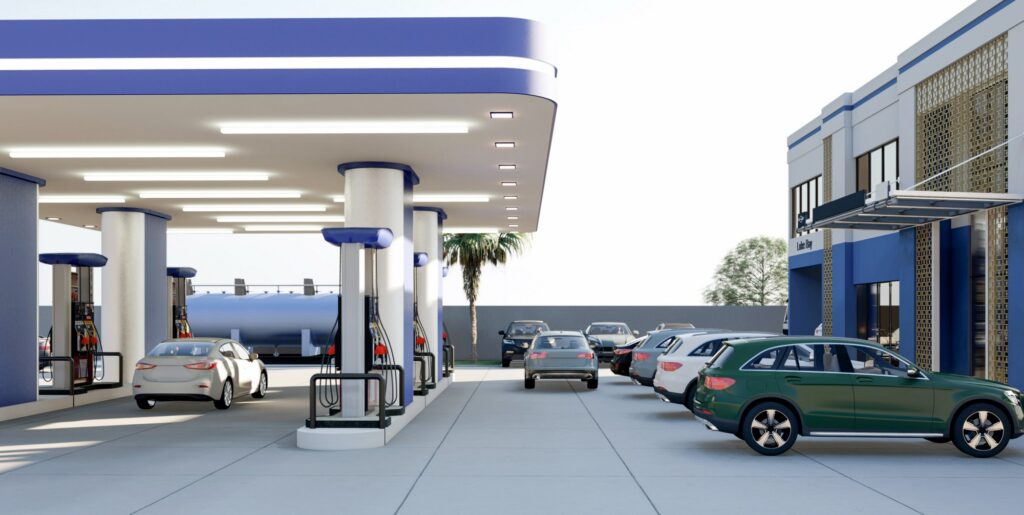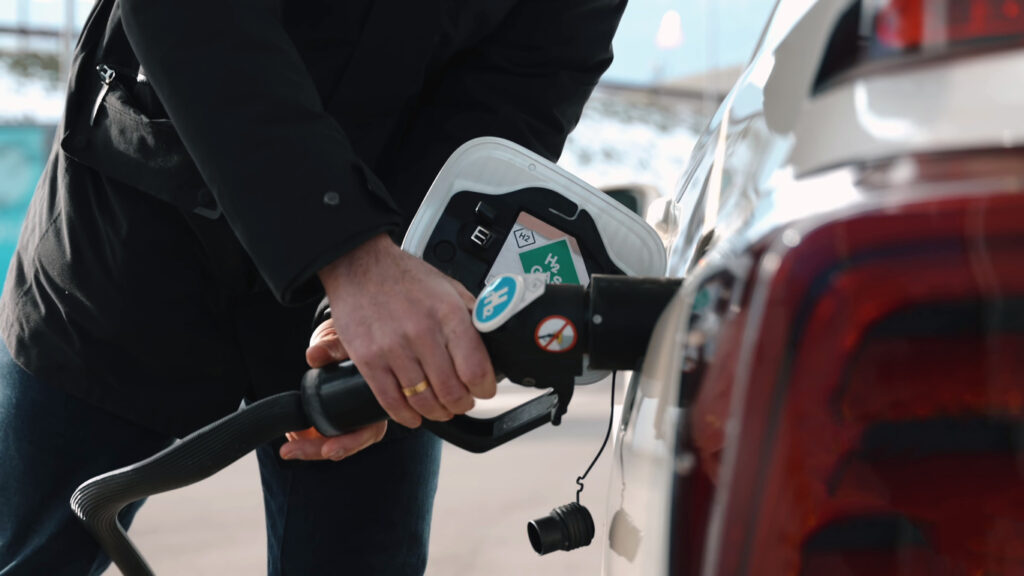A Way to Leave Liquid Fuel Troubles Behind
Fuel contamination is an invisible yet prominent foe of fossil fuel-powered commercial fleets, and one principal reason to advocate for electrification is eliminating this concern. EVs are not without their shortcomings, but it is irrefutable that numerous maintenance issues would dissolve by replacing internal combustion engines with contamination-proof EV fleets.
Fuel Contamination Threats

Several causes of fuel contamination in ICEs include human error, microorganisms, particulate matter, water buildup and rust in fuel storage. Gas and diesel each attract their own unique concerns.
For example, even though diesel is 35% more efficient than gasoline, water attaches to it more readily than gas. Mixing varying fuel compositions is another way to tarnish gas and diesel to the point of causing damage to the vehicle. Tainted fuels cannot deteriorate an EV because it runs on electricity, eliminating these common concerns associated with contamination:
- Expedited corrosion
- Clogged filters
- Reduced engine performance and combustion
- Heightened tailpipe emissions
However, fuel contamination may still concern peripheral equipment and hybrid fleets during the electrification transition. For example, trucks may run on batteries, but generators powering chargers could require diesel or gas. Preventive maintenance is necessary to abate this concern until the full zero emission transition is finished.
Contaminants in Hydrogen Fuel
Though EVs are immune to fuel contamination, it is critical to acknowledge alternative EV batteries like hydrogen fuel cells could have polluted fuel in a new way.
The hydrogen gas may have impurities, including carbon dioxide or sulfur. Additionally, hydrogen producers may introduce contaminants, such as particulates or moisture, during storage and distribution through pipelines or trucking. These may damage the fuel cell’s catalysts temporarily or permanently if left unchecked, cutting the vehicle’s life span while diminishing performance.
Preventing this from happening in EV variants requires strict regulations and substantial hydrogen purification methods.[1] Investing in adsorption research or advanced storage methods will catalyze the hydrogen industry into more scalable territories, especially when diverse EV structures are crucial for promoting their sustainable validity in helping to reverse the climate crisis.

Data-Driven Maintenance and Additional Benefits
Fuel contamination has been invisible or hard to catch in ICEs, whereas EVs and peripherals can have integrated technologies to identify concerns in a flash. Monitors, sensors, machine learning and Internet of Things devices bolster the self-awareness of EVs to catch battery concerns before they exacerbate.
Preventing fuel contamination also means stopping a host of concerns rife in ICEs. Though battery care and topping fluids remain standard maintenance practices to deter more significant performance issues, what issues did fuel contamination cause ICEs that would be nonexistent in EVs?
Accumulated debris and water in engines may cause misfires for combustion-reliant systems. This leads to inefficient use of fuel, whereas in EVs, smart systems can notify fleet drivers of changes in electrical efficiency. There are no injectors or carburetors for fuel to damage when the fuel (electricity) goes directly to the battery. No delivery system is present to infect connected components through a conventional gas delivery setup.
Making Fuel Contamination Obsolete
Commercial fleets cannot endure the side effects of fuel contamination in the modern world. Transportation emissions are rising and deliverables are on tighter clocks. Electrification is a way to dismiss this avoidable obstacle to productivity and decarbonization.
[1] International standards for H2 purity have been developed to address various contaminants. In general, use of hydrogen in a PEM fuel cell stack requires >99.9990% purity. Attaining this level of purity does add to the cost of the delivered product substantially according to various studies.

3 thoughts on “EV Fleets Would Prevent Fuel Contamination”